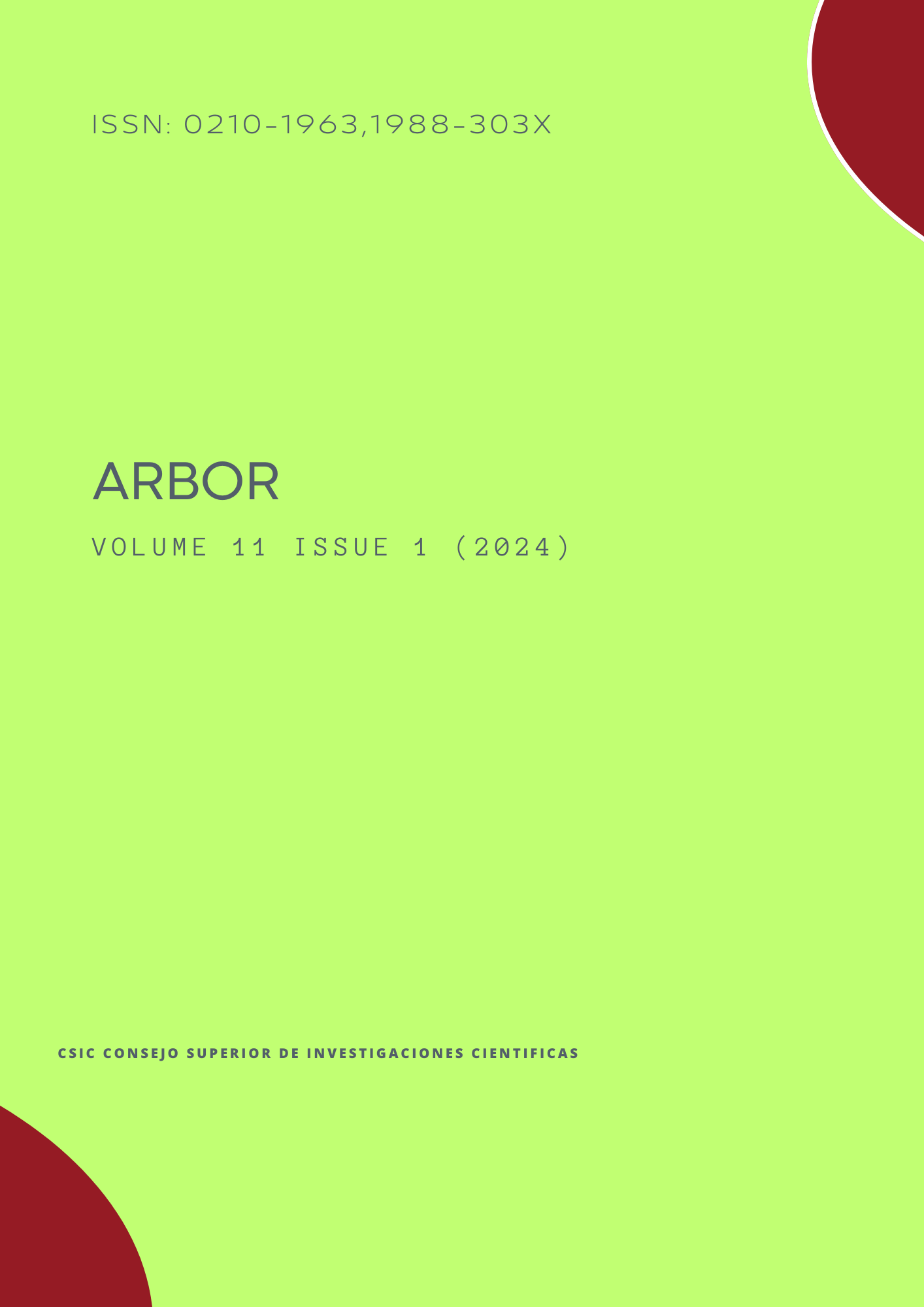Afghanistan in Post-War Context: Semiotic Representation of Taliban in Pakistani Print Media
Main Article Content
Abstract
Political cartoons serve as a potent source to study the social phenomena. They mirror the socio-political realities, construct identities, disperse ideologies and influence public’s behaviors. The semiotic discourses are also a powerful site in allotting identities to the groups and individuals. The present research studied the semiotic discourses of the Pakistani English newspaper, The Dawn (daily) related to the representation of Afghanistan and Taliban. The data was collected from the time span of August 2021 to October 2021.Total twenty-nine cartoons were found in the data out of which four were purposively selected for the analysis. The study employed the qualitative descriptive methodology using the theoretical framework of Kress and Leeuvan (2006) multimodal social semiotic model. The analysis and findings of the research revealed that Pakistani print media sketched the realistic picture of the Afghan Taliban and their new interim government. Its position towards Afghanistan was not any different than the rest of the world as Taliban were depicted as hardened and aggressive warriors in all the cartoons. The strong concern for humanitarian crisis in the Afghanistan was also showed in all the political cartoons. Additionally, it revealed that semiotic discourse insidiously and strongly depicts the changing geo-political realities by employing various techniques.
